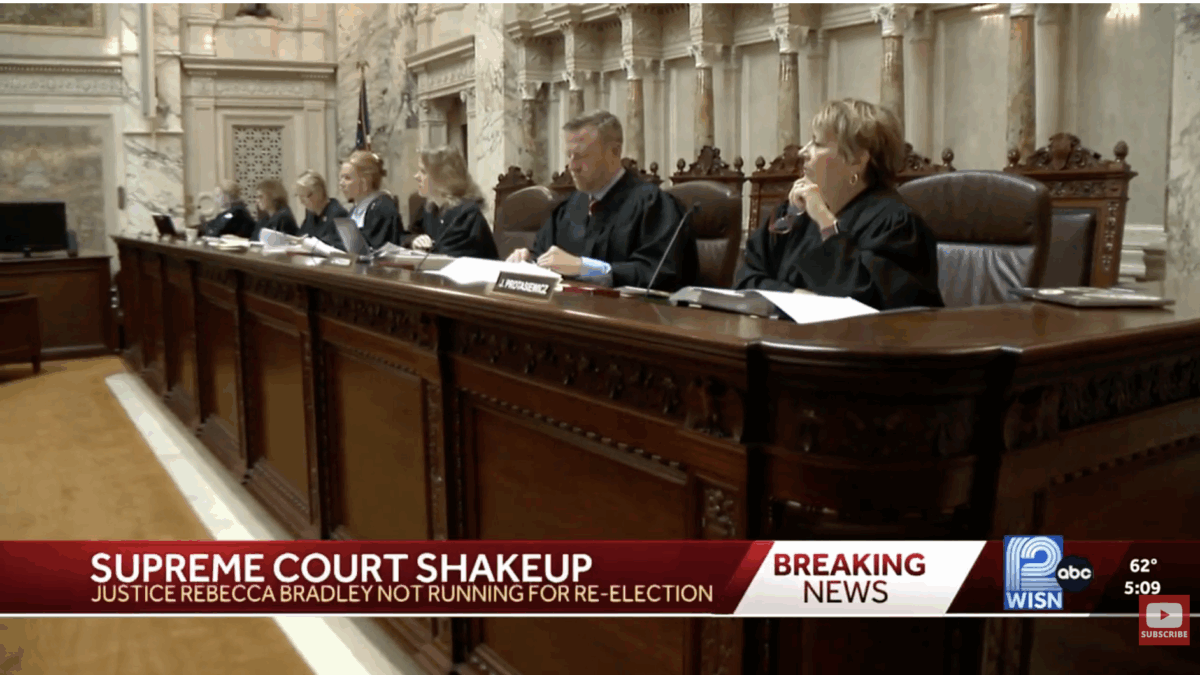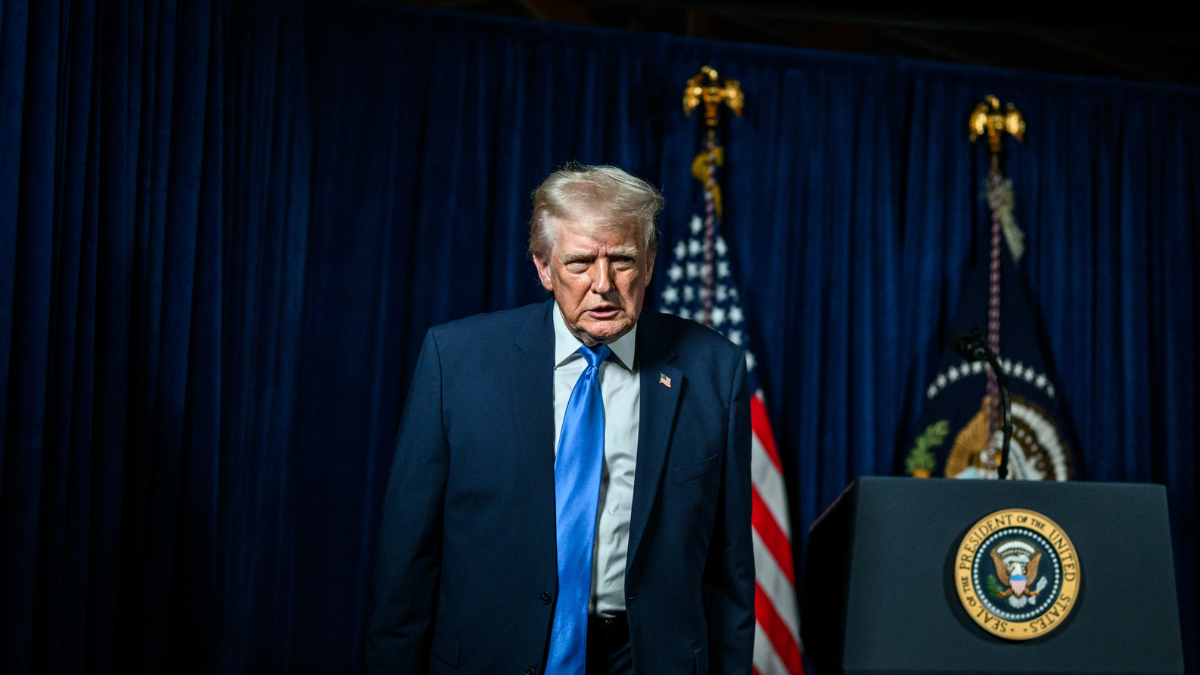
It is sometimes easy to forget how badly Bill Clinton’s administration stumbled in the first two years. He had run an outsider campaign with a young and inexperienced staff. He was hampered by a push for policies that were not yet ready to see the light of day, particularly the organized backlash against an ill-formed health care law. Democrats having had a hold on the White House for such a brief time 12 years earlier under Jimmy Carter meant a severe lack of executive branch experience. He had incredible difficulty staffing his administration, leading him to ultimately hold the record for most withdrawn cabinet nominees. Almost immediately his was an administration beset by scandals and a series of -gates. By the time his party was running in the midterms, Democratic candidates were forced to answer questions not just about health care and divisive domestic policy decisions but about the investigations of a newly appointed special prosecutor with wide latitude to look into the present and past actions of the president.
Of course, we know what happened next: a wave election that swept Republicans into power and forced Clinton to pivot away from the brand of more elitist liberalism that marked his decisions in those first years to something that was closer to the agenda he’d actually run on: a form of moderate populism, triangulating toward a target at the center of the country. It took a sweeping election for Clinton to realize that he had not been delivering on what voters expected of him, and that his mandate to govern from the left was weak, and certainly not in line with what the people wanted. As it turned out, this pivot saved Clinton’s presidency – though it did not, of course, prevent him from being impeached, it ensured he was too popular to be removed from office even by a party bent on doing so.
President Trump faces a similar situation to Clinton, but his own political future may depend on him engineering a policy pivot away from his current path prior to the 2018 election. I share the view, as David Ignatius outlined this week, that we are seeing the early formation of an impeachment election – one where House Democrats in particular will be forced by their base into adopting a position that virtually guarantees impeachment, regardless of the outcome of the Mueller investigation or any other. In the view of the left, Donald Trump is not just a man fundamentally unqualified for the office of the presidency, he is an evil force that must be battled and destroyed, undoing the verdict of the 2016 election and teaching those who supported him a necessary lesson. It is not enough to work against him the normal way: he must be resisted, and the election undone.
Ramesh Ponnuru and Rich Lowry wrote this week on the early months of Trump’s presidency, and why it has failed to live up to the populist agenda he promised. “The Trump administration hasn’t created a new populist departure in American politics; it hasn’t even — as some of us hoped — nudged Republican policymaking in a more populist direction to better account for the interests of working-class voters. The early months of the Trump administration have proven to be populism’s false start.”
They’re right – just ask Mitch McConnell.“If you look at what the president is actually for, it strikes me as indistinguishable from what a President Jeb Bush or a President Marco Rubio would have been advocating: deregulation, tax reform, repeal and replace of ObamaCare, judges like Neil Gorsuch,” he added.” And it hasn’t worked: according to the latest Fox News poll, approval ratings for Trump and Pence have fallen to all-time lows. It’s not enough to assign this fact to the president’s tweeting proclivities or his well-known tendencies toward chaos – it’s about the fact that his base has eroded, too.
What would a pivot for Trump look like? The most prominent example, since Nate Silver ties the beginning of that support erosion to the AHCA, which is currently being redrafted in the Senate, would be breaking open the process on health care. This is a dog’s breakfast of a replacement bill, and everyone in Washington knows it. So why does Trump continue to trust the team that produced it and has stumbled along the way to produce something that is passes muster with the American people through a closed, monopartisan process? It is not just important for Republicans to pass something, it is important to pass something that works. Even setting aside the impeachment election, Trump cannot afford to run for reelection in 2020 on a health care measure that sees the kind of results that have insurers fleeing marketplaces entirely and continues to allow premiums to rise.
So what would that pivot look like? It begins with doing the same thing that he did all the time during the presidential campaign: running against Washington and refusing to even pretend to be a traditional Republican. He can start by calling Capitol Hill Republicans into the Oval Office and demand answers on health care, on tax reform, on why they have been so incapable of advancing an agenda even with united government and years of preparation. He can even publicly attack them – why should he care about crossing Hill Republicans at this point? Hill Republicans had six months to repeal Obamacare and get moving on tax reform, and they’re not up to the job. (Sad!)
Here’s the problem: It turns out it is very hard to get 51 Republicans to agree on how to repeal Obamacare. But what if it was 35 Democrats and 35 Republicans? That’s a whole different process, and one Trump should push for.
The only way to get real reform is if it is bipartisan – so it’s time for Trump to start cutting deals. Trump should reach out to a collection of Democrats – not just the red staters, but Schumer, Wyden, Sanders, Warren, Neal, Van Hollen – and work with them toward offering bipartisan health care reform to replace Obamacare and tax reform that targets relief for working families and helps single moms. He can offer Democrats what they could never get from a typical Republican administration: minimum wage increases, paid parental leave, no reduction in Obamacare’s coverage numbers – all these are things Trump promised during the campaign.
Right now leadership in Congress is working on bills behind the scenes and then rolling them out. We all understand why – having the respective houses write the bill through the process is messy business. But is it less smooth than what’s been happening to this point? And since it isn’t, why should Trump care that congressional Republicans won’t like it? The overwhelming majority of them have already proven that for all their irritation at his existence, they’ll ultimately go along with his agenda when pressed.
The truth is that the president is giving conservatives enough of what they want on the Supreme Court, appointments, and regulations to retain their support. But on the rest, he should pivot to the more moderate populism that he ran on in the first place, working to achieve a bipartisan Obamacare fix, a bipartisan tax reform that includes a new tax entitlement for new moms, a bipartisan infrastructure bill, a higher minimum wage, and no foreign debacles… is he somehow going to be less popular? This is the sort of agenda that mutes the opposition rather than enraging it.
There is more risk for Trump in not pivoting now than in forcing the agenda back toward what he promised as a candidate. New presidents no longer have the kind of momentum they once did, and Trump should return to his role as a cross-partisan dealmaker rather than continue to allow his agenda to be determined by the figures at the head of a party he has never sought to lead. He may not like making deals with people so critical of him personally – but the success of his presidency may hinge on his ability to make them eat their words.








